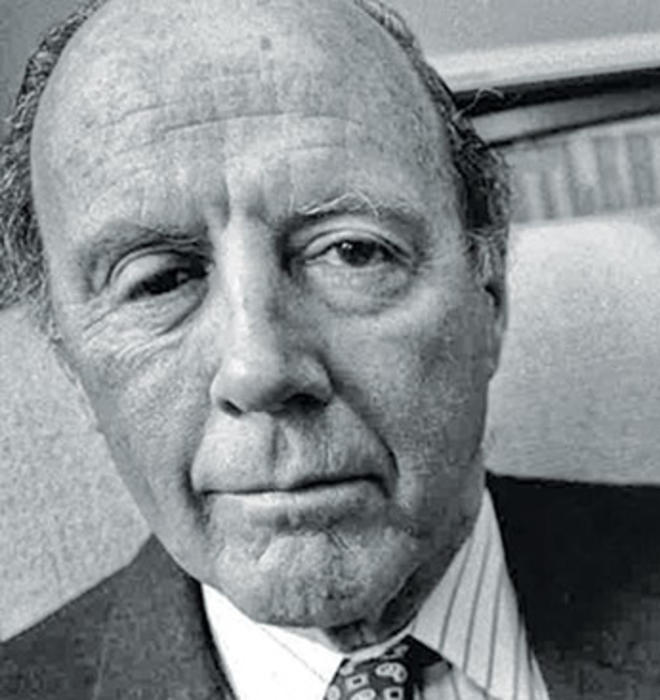
AUG. 4, 1921 | FEB. 23, 2017
WHEN FILMMAKER KEN BURNS was editing The Civil War in the late 1980s, he came to realize that the documentary miniseries simply would not work in the five hours it was slated to cover. So he scheduled a dinner with one of the project’s key supporters, Ward Chamberlin Jr. ’43, then president of WETA, the public-television station in Washington, D.C.
Across the table at Nora’s, a favorite Georgetown restaurant, Burns broke the news: He wanted to extend the series from five hours to 12. Chamberlin took a sip from his drink, paused, and asked, “Is it good?” Burns assured him that it was, and as the production moved forward, Chamberlin defended the filmmaker’s new, longer approach at every turn.
“I’d never had an executive stick his neck out in that way,” Burns tells PAW. “And Ward did it again and again and again.”
The Civil War would draw approximately 40 million viewers in its five-night debut run in 1990, becoming the most-watched program in PBS history and adding another hallmark success to Chamberlin’s career as one of public television’s architects and longtime leaders.
Lyn Chamberlin, one of Ward’s daughters, says the encounter with Burns epitomized her father, who was engaging and supportive, particularly when meeting face to face. “If he believed in you, he really believed in you,” she says. “And I think Ken is a testament to that, even though Ken would have succeeded with or without Dad, clearly. But that was the kind of aura that [Chamberlin] created when he was in a room with people.”
Chamberlin came to work in public television almost by chance. Frank Pace ’33, a former secretary of the Army, was tapped by President Lyndon B. Johnson to chair the new Corporation for Public Broadcasting in 1968, and Pace called on Chamberlin, who’d worked for him as a corporate lawyer, to join as chief operating officer. Pace stayed on for four years before moving on to his next executive post; Chamberlin made public television his life’s work.
He was among the small group that laid out the vision for what PBS would become: a network of independently run member stations producing programs for their own viewers and for syndication. He also had a hand in forming National Public Radio and held leadership roles at two of the country’s most prolific PBS programmers, WNET in New York and WETA in Washington, where he oversaw the creation of The MacNeil/Lehrer Report, Washington Week in Review, and other successful series.
Chamberlin was a keen student of history, politics, and civic life, but his greatest asset may have been his enthusiasm. “Public television for him was such a passion, and it was a good thing it was a passion because what he had to do 90 percent of the time was raise money,” says Lyn Chamberlin. “You can’t raise money effectively, in a satisfying way, unless you care about what you’re raising money for.”
Late in his life, Chamberlin was featured on screen in Burns’ World War II documentary, The War. An All-America soccer player at Princeton, he had lost sight in one eye from meningitis as a child and was unable to enlist, so he joined the American Field Service and drove ambulances for Allied troops on the Italian front. His wartime recollections were captivating, even for his family. “Until Ken’s film,” says daughter Margot Chamberlin, “he had not spoken much about the details.”
LINK Watch a video excerpt of Chamberlin from The War on NYTimes.com
The War told stories of a generation that went to off to war and “came back with such a sense of purpose,” Burns says. Chamberlin returned to apply his quiet resolve in several pursuits: as an administrator for the Marshall Plan; as an architect of the American Field Service’s international youth-exchange program; and as a pioneer in public television, where he selflessly mentored future executives, producers, and filmmakers. Says Burns, “I consider it one of the great blessings of my life that I knew him.”
Brett Tomlinson is PAW’s digital editor and sports editor.

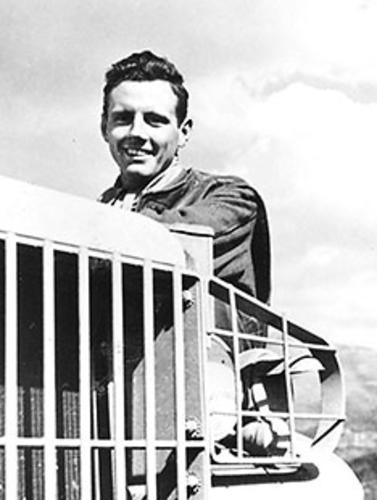
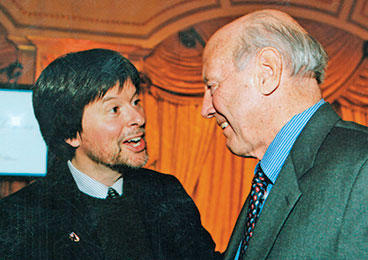
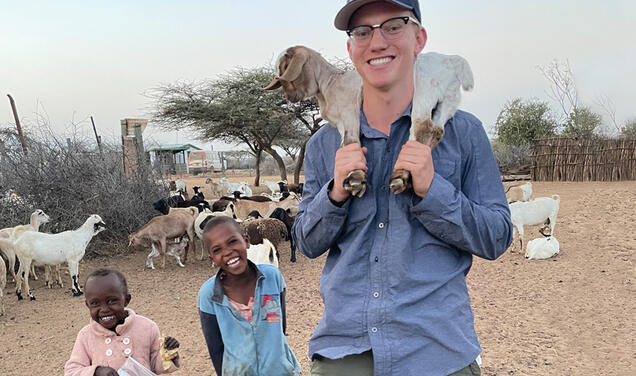
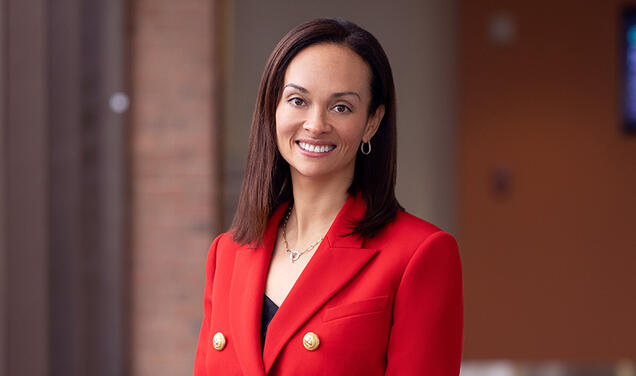

No responses yet